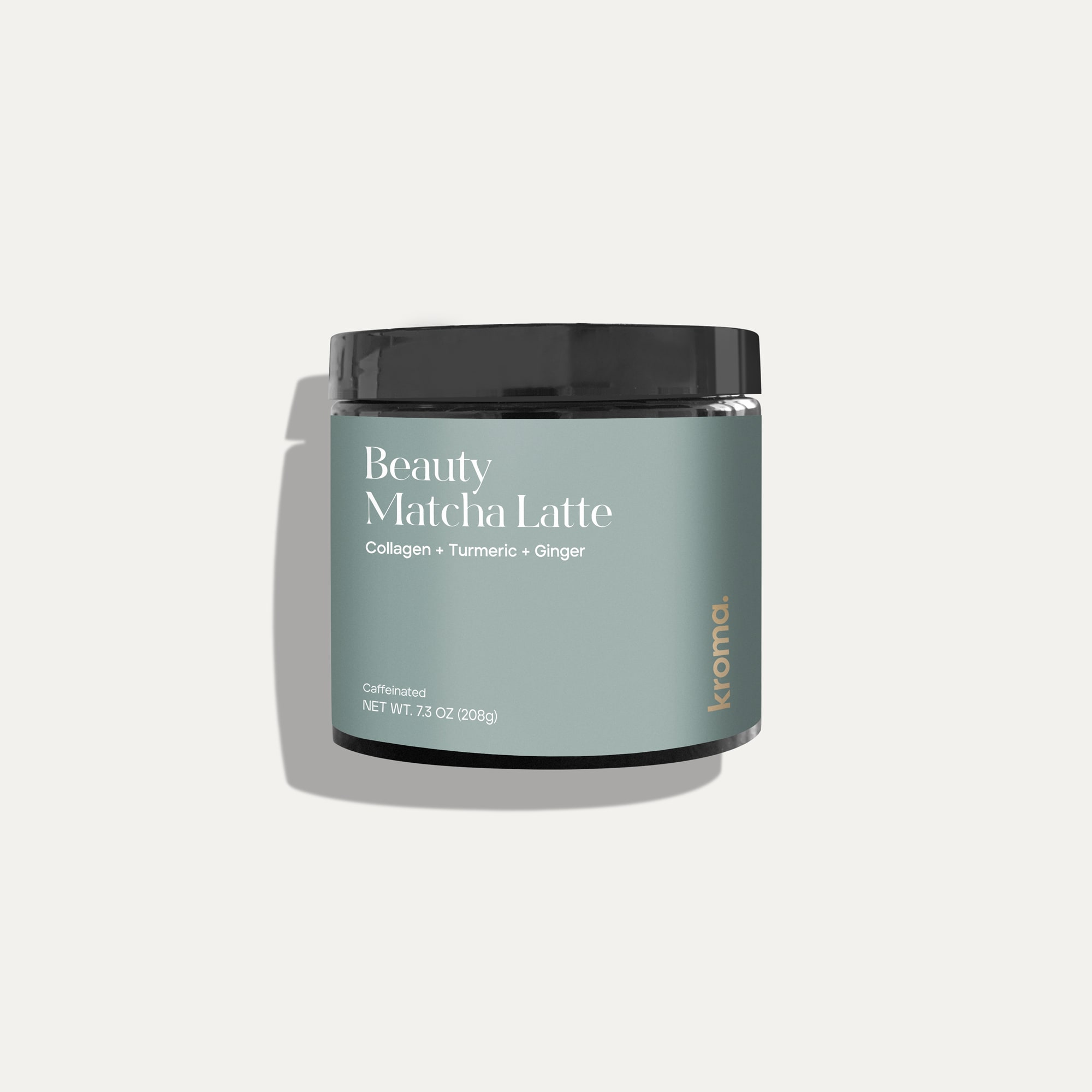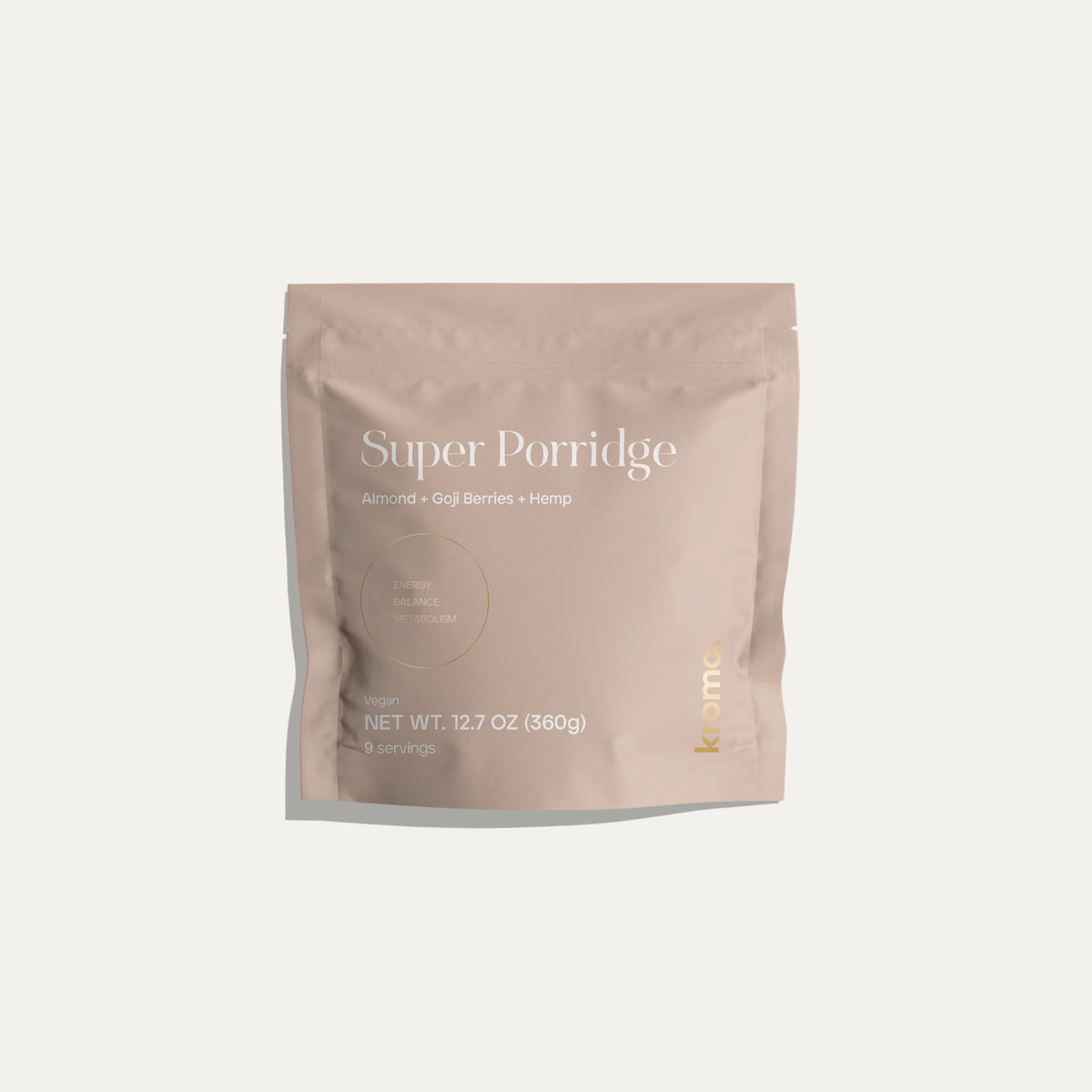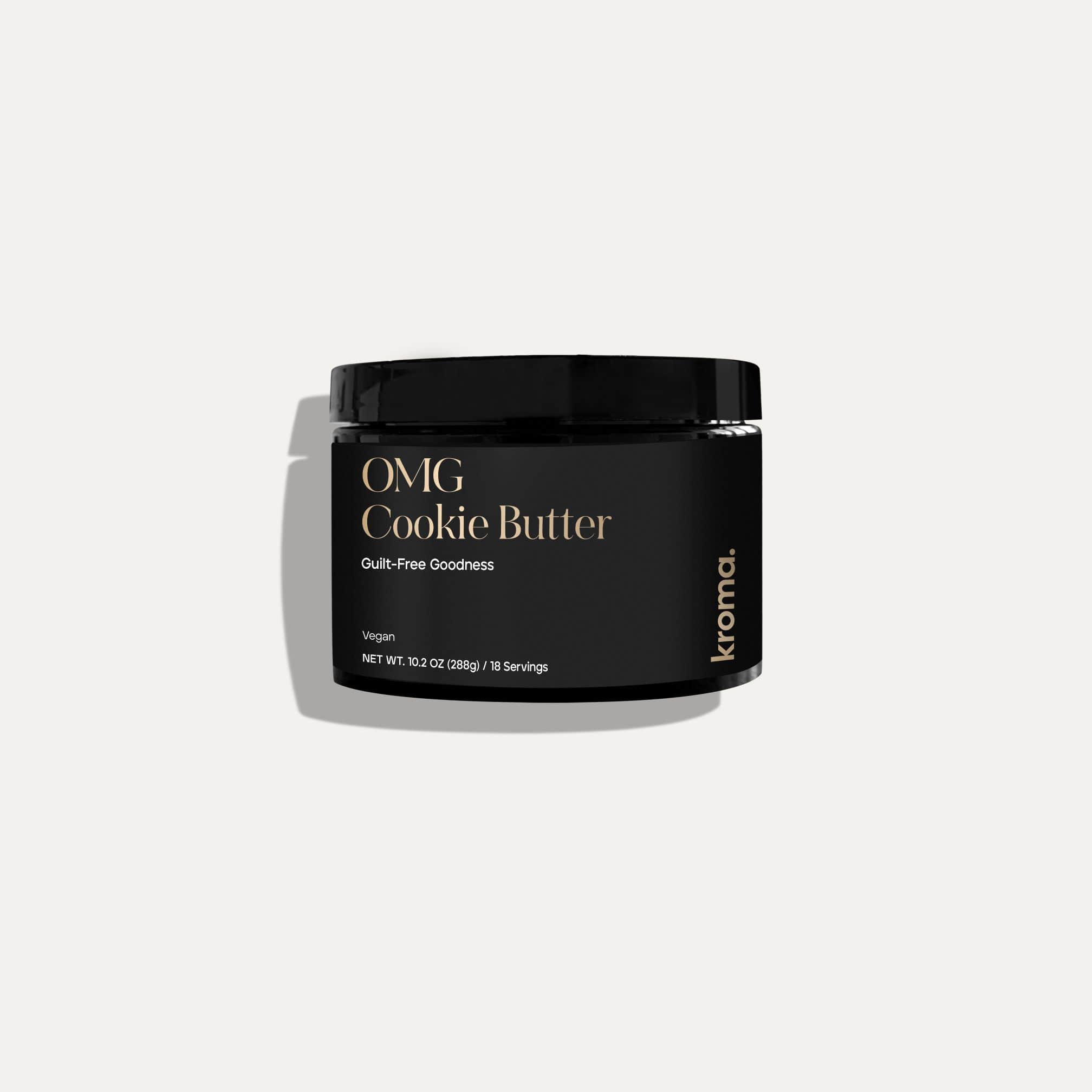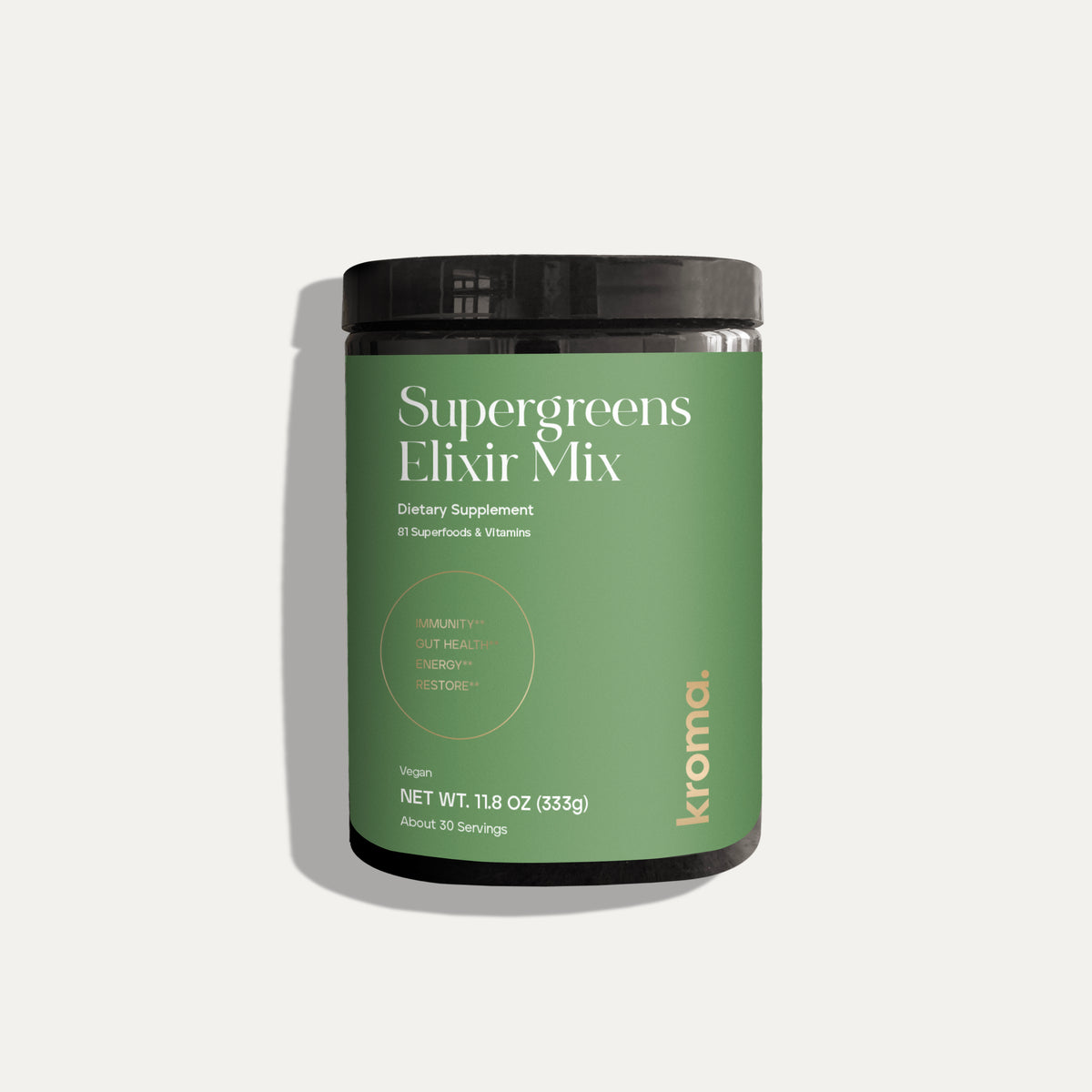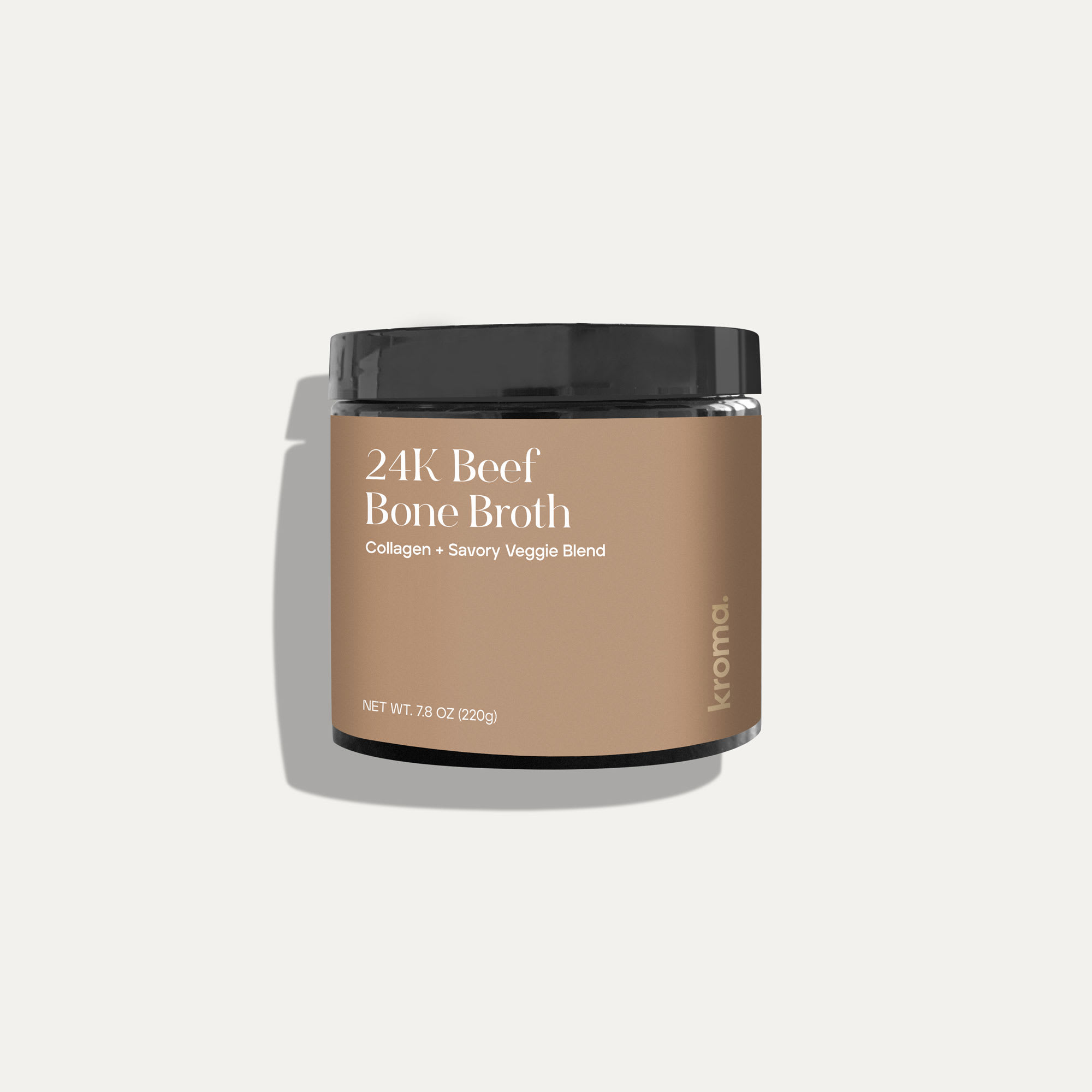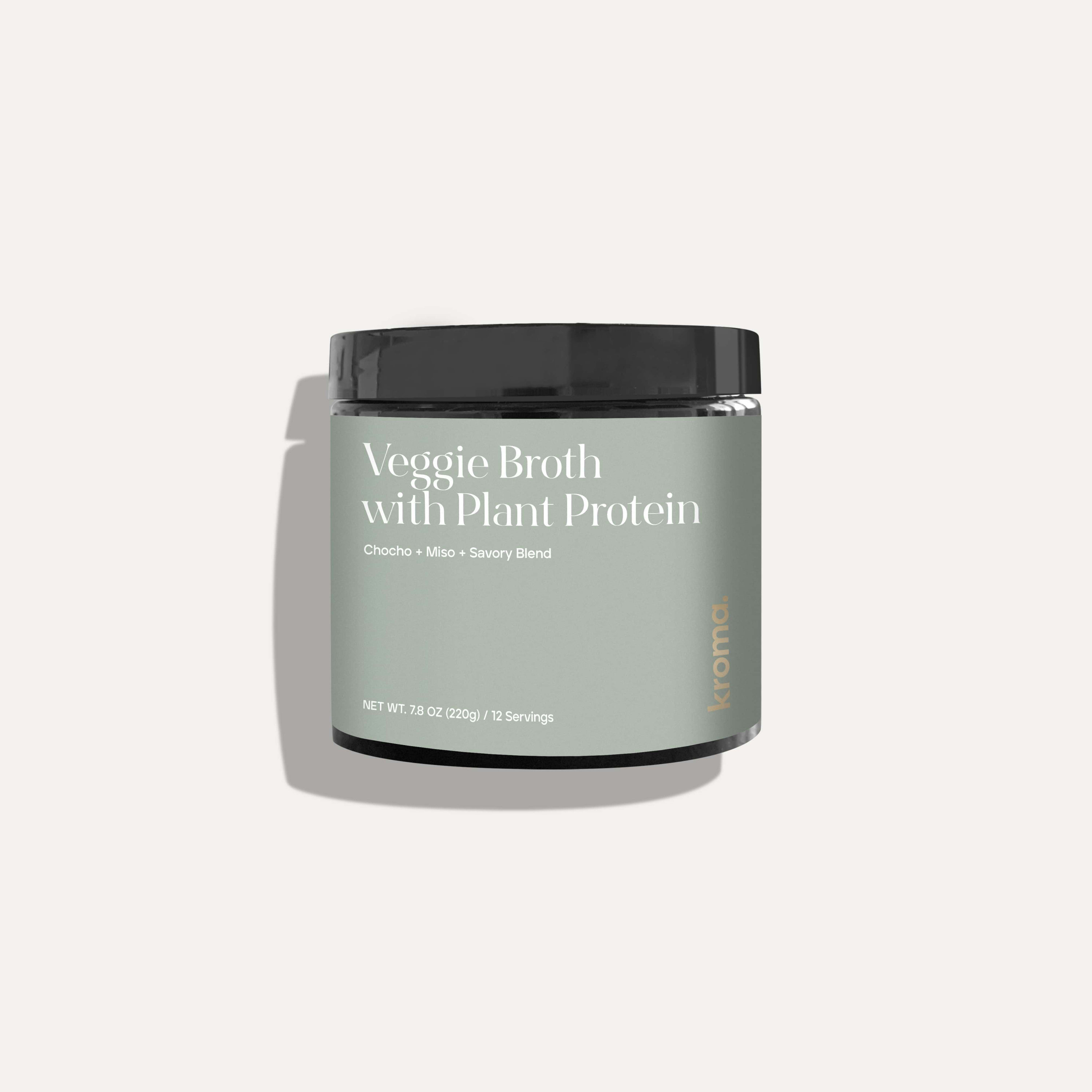Food Label and Certification Guide
Understanding food labels and certifications is key for consumers who prioritize health and ethical considerations. Kroma's Food Label and Certification Guide offers a clear and detailed explanation of the various symbols, terms, and certifications found on food packaging.
Interested in making informed choices at the grocery store and learning how to read food labels? With this guide, you’ll learn how to navigate the complexities of food certifications and labels so you can choose products that align with your values and health objectives.
What Do Food Labels Mean?
Food labels are informative tags attached to food products that provide essential details about what's inside. They typically list ingredients, serving sizes, nutritional information, and sometimes additional data like allergen warnings or country of origin.
Why Are Food Labels Important?
The importance of food labels has grown significantly in recent times, reflecting a heightened consumer desire for transparency and quality in food products. This need for clear and reliable information has also spurred a growing demand for certified food products. Certifications like organic, non-GMO, and fair-trade are increasingly sought after, as they assure consumers of certain quality standards and ethical practices in food production.
By reading these labels, you can understand the nutritional value of what you're consuming, manage dietary restrictions, and avoid ingredients you might be allergic to or prefer to avoid.
How to Understand Food Labels and Certifications
Let’s get into the various types of food labels and certifications, ranging from nutritional information and ingredient lists to ethical certifications like organic, non-GMO, and fair-trade.
Allergen List
You'll usually find this info near the ingredient list. It lists common allergens like milk, peanuts, tree nuts, soy, wheat, fish, and shellfish. These allergens stand out, maybe in bold or a different color, so they're super easy to spot. This part of the label is a crucial safety measure for anyone with food allergies. It's a quick way to check if there's anything in the food that could cause a reaction, keeping mealtime safe and stress-free.
Calorie-Free, Sugar-Free
When you see calorie-free or sugar-free on food packaging, it means there are hardly any calories or sugars in that product. Calorie-free usually means less than five calories per serving, and sugar-free means less than half a gram of sugar per serving.
But it's still a good idea to check the whole label. Sugar-free stuff might have other sweeteners, and calorie-free doesn't mean it's completely free of other stuff that could affect your diet.
Country of Origin
The country of origin label on food packages tells you where the food was produced or manufactured. Look for it on the back or side of the package, often near the barcode or nutritional info. It's usually a simple statement like "Product of Italy" or "Made in the USA." Some products might mention if they're made with ingredients from different places. This label is helpful if you prefer foods from certain regions or care about the environmental impact of food transport.
Dairy-Free
Dairy-free and lactose-free labels indicate different dietary specifications. Dairy-free products contain no dairy ingredients such as milk, cheese, or butter, suitable for dairy allergies, lactose intolerance, or vegan diets. While they can offer digestive benefits and potentially lower cholesterol, they may lack nutrients like calcium and vitamin D. Lactose-free items, however, are free from lactose, the sugar causing discomfort in lactose-intolerant individuals, but may contain other dairy components. Remember that some of these products may have added sugar, fats, or additives. To identify them, check for Dairy-free or lactose-free labels on packaging, and review the ingredient list for dairy derivatives like whey or casein.
Expiration Date
The Nutrition Facts label on food packaging provides essential nutritional information, including calories, serving size, fat, cholesterol, sodium, carbs, fiber, sugars, protein, and vitamins, plus percent Daily Values (%DV) based on a 2,000-calorie diet. It's a key tool for comparing food items and managing dietary needs.
In addition to Nutrition Facts, food products often include a Manufacturing Date (MFG date) and a Best By Date (BB date). The MFG date indicates when the product was made, with most products remaining good for 24 months from this date. The BB date, on the other hand, suggests when a product is expected to be at its best quality. Understanding these dates, alongside the Nutrition Facts, is crucial for ensuring both the quality and nutritional adequacy of food products.
Gluten-Free
The gluten-free label indicates that a food product does not contain gluten, a protein found in wheat, barley, and rye, known for giving dough its elasticity and bread its chewy texture. This label is vital for people with celiac disease or gluten intolerance, as gluten can cause them serious health problems, including digestive and nutrient absorption issues.
To spot these products, look for the gluten-free label on the packaging. While this label ensures the absence of gluten or its reduction to safe levels, remember that gluten-free doesn't always mean healthier, as some products may contain high levels of sugars and fats.
Ingredients List
The ingredients list on food packaging details all the ingredients in a product, usually found on the back or side of the package. This list is crucial for understanding what you're eating, particularly for those with dietary restrictions or allergies.
How are ingredients listed on a food label? The ingredients are listed in descending order of quantity, so the main ingredients are mentioned first. This helps you quickly see what the product is mostly made of. Reading the Ingredients List is also key to spotting additives, preservatives, and artificial components, especially in processed foods.
Keto
The keto label on food products signifies suitability for the ketogenic diet, a high-fat, low-carb regimen aimed at inducing ketosis, a state where the body burns fat for energy. Keto-friendly items are typically rich in fats and very low in carbohydrates.
Look for the keto marker on the packaging and double-check the nutritional information for low total carbohydrate and sugar content, with a focus on net carbs (carbohydrates minus fiber and sugar alcohols). However, not all products labeled “keto” are necessarily healthy; some may contain artificial ingredients or unhealthy fats.
Lectin-Free
A lectin-free diet involves avoiding lectins, proteins found in many plant foods like beans, grains, nightshades (tomatoes, eggplants), and certain fruits such as goji berries. This diet is believed to improve digestive health and reduce inflammation, particularly for those sensitive to lectins. However, it can lead to nutritional deficiencies due to the exclusion of many nutrient-rich foods.
Low-Fat, Low-Sugar, Low-Calorie
Food labels marked low-fat, low-sugar, or low-calorie signify that the product contains reduced amounts of these components compared to similar products. To identify these items, look for these specific phrases on the front of the packaging, often highlighted as key selling points. Low-fat generally means the product has less fat content, low-sugar indicates a lower sugar level, and low-calorie suggests fewer calories than the standard version. It's always a good idea to check the nutritional information panel on the back or side of the package for exact figures, as definitions of "low" can vary.
Non-GMO (Genetically Modified Organism)
Non-GMO labels signify that a product doesn't contain genetically modified organisms, which are created through genetic engineering to enhance traits like pest resistance. To spot GMO-free products, look for explicit "Non-GMO" or "GMO-Free" labels. A common certification is the Non-GMO Project Verified seal, ensuring the product meets strict non-GMO standards. Additionally, certified organic products are often non-GMO as well. However, not all non-GMO products are labeled, so if avoiding GMOs is important to you, you might need to research brands and their GMO policies.
Nutrition Facts

Image Source: FDA.GOV
The Nutrition Facts label on food packaging provides key nutritional information, including calories, serving size, fat, cholesterol, sodium, carbs, fiber, sugars, protein, and vitamins. It also shows percent Daily Values (%DV) based on a 2,000-calorie diet, aiding in understanding how a serving contributes to daily nutrition.
Nutrition Facts and Supplement labels serve different purposes. Nutrition Facts, on food items, detail nutritional content like calories and nutrients, guiding daily food choices. Supplement labels, found on products like vitamins, list active ingredients and dosages, assisting in supplementing the diet. These labels cater to separate aspects of nutrition management, making understanding their differences important for health management.
Organic
Organic refers to a method of farming and food production that avoids the use of synthetic pesticides, fertilizers, genetically modified organisms (GMOs), and irradiation. Organic farming practices emphasize the use of natural substances and processes to maintain soil health, reduce pollution, and promote environmental sustainability. Choosing products with organic ingredients means you're getting food made without synthetic pesticides, genetically modified organisms (GMOs), or artificial additives. These ingredients are grown and processed using methods that promote soil health, biodiversity, and ecological balance. When shopping, look for labels that highlight key organic ingredients like organic fruits, grains, or oils—these indicate a commitment to cleaner, more natural food. Prioritizing organic ingredients not only supports healthier eating habits but also contributes to more environmentally responsible farming practices.
Paleo
The term "Paleo" refers to the Paleolithic diet, a dietary plan inspired by the presumed eating habits of ancient humans during the Paleolithic era. This diet primarily includes foods presumed to have been available to humans prior to the advent of agriculture, such as lean meats, fish, fruits, vegetables, nuts, and seeds, while excluding dairy, grains, and processed foods.
To identify Paleo-friendly products, look for the "Paleo" label on food packaging. This label is typically found on the front. However, it's also advisable to check the ingredient list, as the Paleo diet has specific restrictions and the label should align with these guidelines.
Serving Suggestions
Serving suggestions on food packaging offer guidance on the recommended serving size and creative ways to use the product in meals. This label is typically found alongside or near the Nutrition Facts panel, often accompanied by illustrative images or recipes on the back or sides of the package. It provides valuable insights, especially for unfamiliar or versatile products, suggesting optimal portion sizes. While these suggestions are helpful, it's important to remember they are just recommendations, and you can adjust portions or usage to suit personal preferences or dietary needs.
Vegan-Free
Vegan labels signify that no animal-derived ingredients were used in their creation, catering to those who follow a vegan lifestyle or have dietary restrictions regarding animal products. This means the absence of meat, dairy, eggs, honey, and other substances derived from animals.
To identify vegan-friendly items, look for the word “vegan" on the packaging, often displayed on the front or near the product name. Additionally, many products carry specific vegan certification logos, which assure compliance with vegan standards. It's also wise to check the ingredient list, as some products may not be explicitly labeled as vegan but still meet the criteria.
%Daily Value (%DV)
The % Daily Value (%DV) on food labels is a key tool for understanding how a nutrient in a single serving of a food contributes to a daily diet, based on a standard intake of 2,000 calories per day.
This percentage, found on the Nutrition Facts panel, helps consumers gauge the nutritional content of foods in the context of their total daily diet. For instance, if a product has a 15% DV of fiber, it means that one serving of this product provides 15% of the recommended daily amount of fiber. These percentages are especially useful for monitoring intake of nutrients like fats, sodium, fiber, and vitamins. However, it's important to note that individual calorie needs can vary, so the %DV is a general guide rather than a precise target for everyone.
What Should I Avoid On Food Labels?
When reading food labels, it's advisable to watch out for certain ingredients that may be detrimental to health.
These include:
- Trans Fats: Often listed as "partially hydrogenated oils," trans fats are associated with an increased risk of heart disease and should be avoided.
- High Fructose Corn Syrup (HFCS): A common sweetener in processed foods, HFCS has been linked to obesity, diabetes, and inflammation.
- Artificial Sweeteners: While used as a low-calorie sugar substitute, some artificial sweeteners may have undesirable health effects and can sometimes lead to sugar cravings.
- Sodium: High levels of sodium are common in processed foods and can lead to increased blood pressure and heart disease risk.
- Artificial Preservatives and Colors: Some artificial additives have been linked to health issues, including allergic reactions and behavioral problems in children.
Consuming unhealthy ingredients regularly can lead to various health issues. It's essential to read food labels carefully and opt for products with minimal processed ingredients to maintain a healthy diet.
How Can I Ensure I’m Getting the Right Nutrition I Need?

Ensuring you're getting the right nutrition starts with being mindful about what you eat. Reading food labels is a great first step. Avoiding foods with unhealthy ingredients like trans fats, high fructose corn syrup, and excessive sodium is also key. Aim for a balanced diet rich in fruits, vegetables, whole grains, lean proteins, and healthy fats. And, as with all health and wellness concerns, you should always consult with your physician (provider, etc) before making any significant changes to your wellness routine.
Want to ensure you’re getting all the nutrients you need?
Kroma Wellness offers the 5-Day Reset with all the nutrients you need and none of the unhealthy ingredients you don’t need. This carefully curated body detox is designed to cleanse your body while providing it with a wealth of essential nutrients. The 5-Day Reset is an excellent way to kickstart a healthier lifestyle and can be a gateway to long-term changes.

